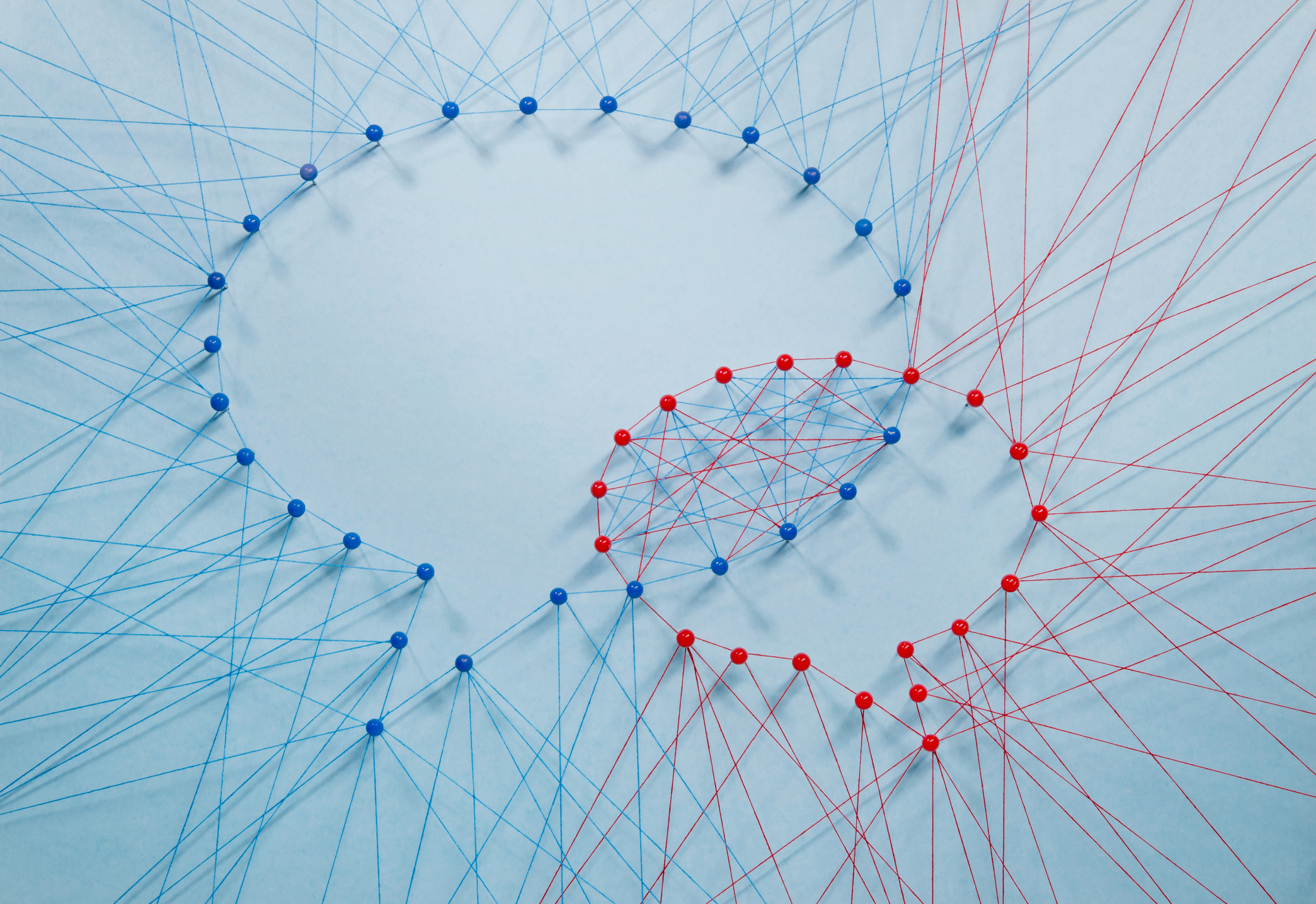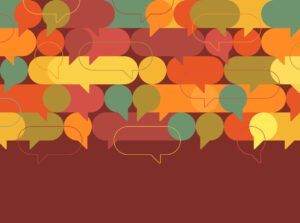The language we use to communicate about identity is changing. Here’s how.
Dictionary.com’s senior director of editorial explains how language is changing — and why it matters so much for corporate leaders and communicators to stay up to date.

You can learn a lot about someone from what they say — but perhaps even more from what they refuse to say.
Language taboos have shifted over the past few years. According to John Kelly, senior director of editorial for Dictionary.com, the most offensive words in our culture today are ethnic slurs.
And that’s something new — go back a few hundred years and the most out-of-bounds language was all about profanity and religious language, such as “taking the Lord’s name in vain.”
“And that indicates where the prevailing values in a society are,” explains Kelly. “Over time, the locus of taboo…has shifted.” Even a handful of years ago, language around sexual acts was more out of bounds than slurs around identity.
“This doesn’t mean that everybody agrees,” admits Kelly. “This doesn’t mean that there isn’t conflict about it.” But that conflict is to be expected in times of big change, and he argues that our culture is in the midst of a big transformation.

The language of identity
“One of the most dynamic, exciting — and at times challenging and confusing areas of language change has been on the words we use to describe other people’s identities,” says Kelly.
He points specifically to changing words around ethnic groups, gender identities and sexual orientation, as well as homelessness and substance abuse.
“This is something that people in the corporate community need to learn,” he says.
Some of the new language that is seeing increased use:
- BIPOC – Black, Indigenous, and People of Color:used as a unifying identity label for people of color that also emphasizes the unique racial experiences of Black people and Indigenous people.
- enby – a person whose gender identity is nonbinary, not fitting into the male/female division.
- Latinx – of or relating to people of Latin American origin or descent, especially those living in the United States (used in place of the masculine form Latino,the feminine form Latina or the gender-binary form Latin@).
- 2E, an abbreviation of “twice exceptional” – relating to or noting a person, especially a child or student, who is considered gifted and also has a diagnosed disability, such as a learner with both a high IQ and dyslexia.
(Definitions from Dictionary.com)
And it goes deeper than just learning new terms, Kelly argues. Language changes like capitalizing “Black” when talking about race, not referring to people as “homosexual” but instead using the preferred term “gay” are examples where intentional language is inclusive action.
Many terms have fallen out of favor because of the implicit moral judgments they make about the people they attempt to describe. “The corporate community needs to learn changes like ‘die by suicide’ versus ‘commit suicide,’” says Kelly. Other examples:
- “Alcoholic” or someone with “alcohol use disorder”
- A “homeless person” or “someone who is unhoused”
- “Prostitute” or “sex worker”
- “Slave” or “enslaved person”
To see the full article and learn about how language might change next, join the PR Daily Leadership Network. You can sign up here.








As a communicator, I’m always interested in the latest trends around evolving word usage. Do you know who drives these changes and if there is an international group, like the ISO, for proposing, discussing and approving these usage changes?